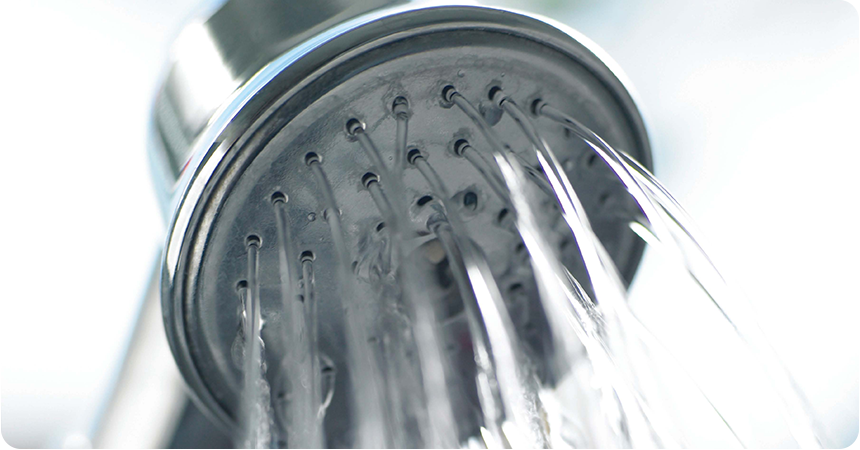
With drought emergencies declared for more than half of Oregon’s 36 counties to date, the connection between energy and water savings is more apparent than ever. Energy and water are connected in homes, businesses, factories and farms—meaning that many energy-saving upgrades also save water.
Energy Trust supports a variety of energy-saving upgrades that can help reduce energy use while also minimizing water use. Here are a few ideas for cutting back on both energy and water in your home.
- Install efficient showerheads. Showering is one of the country’s leading water-wasting habits, totaling about 30 gallons of water per household each day. Installing efficient showerheads helps cut back water use and reduces the energy needed to heat your water, while maintaining water pressure. Energy Trust offers reduced prices at stores statewide on a variety of efficient WaterSense® showerheads. Switching to a WaterSense showerhead can save up to 2,300 gallons of water a year.
- Add efficient aerators to your faucets. You can get one free when you request an Energy Saver Kit. One faucet aerator can help you save up to $20 a year in water and energy costs.
- Look to your laundry room to save even more energy and water. If you’re in the market for a new clothes washer, find the ENERGY STAR® label and receive $50 or $70 cash back from Energy Trust on qualified high-efficiency models. If you’re a renter, talk to your property manager about Energy Trust’s cash incentives for clothes washers in multifamily properties.
- On a budget? Save energy and water without spending a dime. Use the water-saving washing and energy-saver drying options on your dishwasher, or let dishes air dry. Wash and rinse laundry with cold water, and run full loads. Hang clothes outside to dry if you can. Find more no-cost energy saving tips here.
Energy Trust also offers resources and incentives to help businesses cut down on energy and water use, including commercial water heating, irrigation upgrades for farms and ranches and even renewable energy generation options for wastewater treatment plants and irrigation districts.
